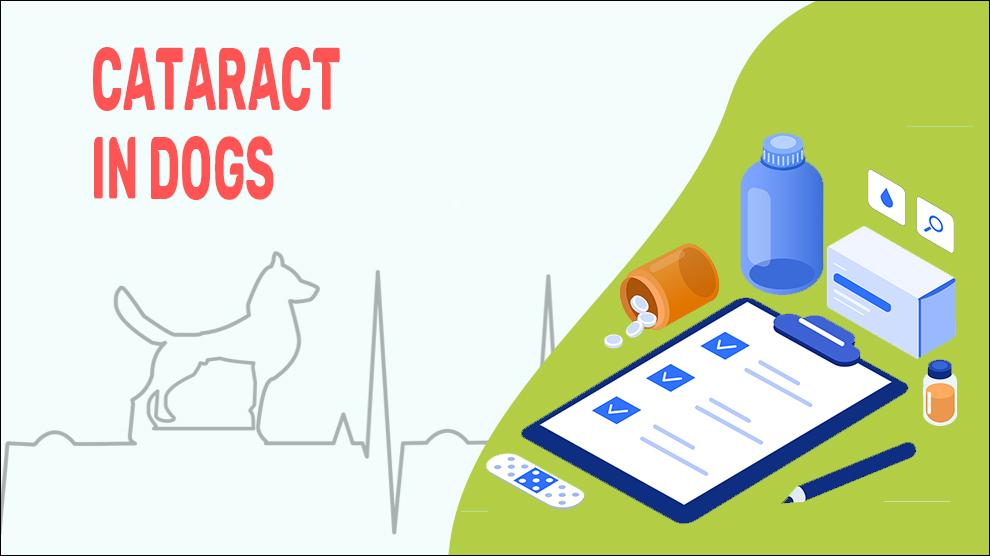What Is Cataract In Dogs?
Just like people, even dogs are also susceptible to cataracts. In this case, the dog’s vision gets affected and cataracts might occur. A cataract refers to the condition where the lens becomes opaque.
Moreover, cataracts are different from nuclear sclerosis and lenticular disorders when the eye lens turns bluish in look. But, in these cases, the vision remains intact. In general, cataracts can cause blindness and vision erosion.
Symptoms Of Cataract In Dogs
- Bumping Into Things
- Change In Eye Color
- Cloudy Cornea
- Cloudy Eyes
- Dry Eyes
- Dull Surface In Eyes
- Mucous Discharge In Eyes
- Pawing At Eyes
- Redness In Eyes
- Reluctance To Climb
- Squinting In Eyes
- Standing In Front Feet
- Tearing Eyes
- Unequal Pupils
- White Spots In Eyes
Treatment Options For Cataract In Dogs
Dogs that suffer cataracts due to genetic reasons or have diabetes will not be operated on. The surgical method is the only way to cure cataracts.
The vet will press for a quick cataract operation in healthy dogs because complications like pain and inflammation of the eyes, glaucoma, or complete blindness will arise.
Surgery will be undertaken by:
Removal of lens and capsule – Both the capsule and the lens will be removed from the eye globe. The lens is replaced with a plastic intraocular implant.
Phacoemulsification – This process is about the emulsification of the eye lens through the application of ultrasonic waves. Aspiration technique i.e. the method of suction through the needle is applied to remove the emulsified lens.
Post-surgery, isotonic solutions are applied to the dog’s eyes for 3-4 weeks. However, oral antibiotics and painkillers could even be prescribed by the vet for these dogs that have undergone cataract surgery.
Home Remedies For Cataract In Dogs
Antioxidants can stop the progression of cataracts and so you can feed them broccoli spinach, carrots, and potatoes which are all high in antioxidants regularly.
These antioxidants strengthen and protect the eyes and can even reverse the effect of cataracts. These keyed-up practices can delay the development and can cater to your dog better quality of vision.
How To Prevent Cataract In Dogs?
Generally, cataracts cannot be prevented. However, you can preserve the vision of your dog. Diabetic dogs and senior dogs are more prone to cataract. The main thing dog owners can do is to check for the symptoms regularly. The cloudy or bluish-Grey eye should be checked for cataracts early. Otherwise, your dog may end up blind.
Affected Dog Breeds Of Cataract
American Cocker Spaniel, Labrador Retriever, French Poodle, Boston Terrier, Welsh Springer Spaniel
Causes For Cataract In Dogs
It is a very common eye problem affecting all the dog breeds and the chances of getting cataract increase with age. Blurred vision and missing out coordination are the primary symptoms found in dogs suffering from cataract.
When To See A Vet For Cataract In Dogs?
If you happen to notice cloudy or bluish grey eyes, take him to the vet for a complete eye check-up.
Food Suggestions For Cataract In Dogs
Foods rich in antioxidants with vitamins C and E can slow down degenerative changes and progression of cataract.
Feed your dog healthy fruits and vegetables without spices or salt regularly.
Conclusion
Never neglect any problems that crop up in the eyes of your dog. If left unnoticed and untreated, it may lead to inflammation which may cause glaucoma and for sure your dog will suffer soaring discomfort and pain.

















